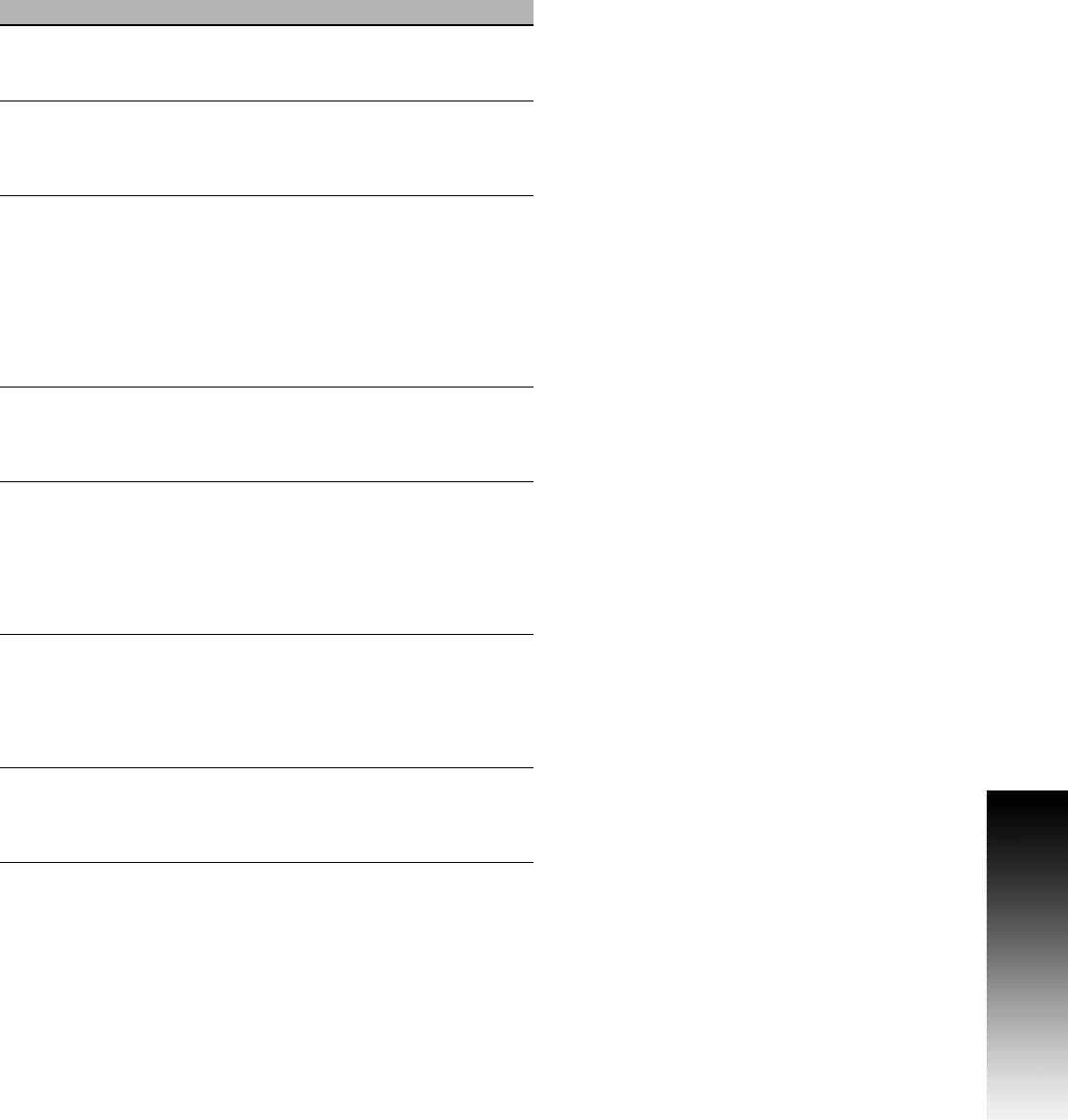Manual
Table Of Contents
- Controls of the 3500i
- Manual Information
- Introduction
- Machining Fundamentals
- Manual Data Input
- Tool Management
- 4.1 Tool Table
- 4.2 Tool Data
- Program Management
- Conversational Editing
- Programming: Canned Cycles, sub-programs
- 7.1 Explaining Basic Cycles
- Round/Chamfer
- Rapid
- Line
- Arc
- Dwell:
- Plane Selection
- Reference Point Return:
- Fixture Offset (Work Coordinate System Select):
- Unit (Inch/MM)
- Dimension (Abs/Inc)
- Absolute Zero Set
- Block Form
- Temporary Path Tolerance
- System Data
- FeedRate
- FeedRate (4th-Axis)
- Spindle RPM
- M - Functions
- Tool Definition and Activation
- Repeat Blocks
- 7.2 Canned Cycles
- 7.3 Probing Cycles
- 7.4 Sub-programs
- 7.1 Explaining Basic Cycles
- Drawing Programs
- Running a Program on the Machine
- CAM: Programming
- 10.1 CAM Programming
- CAM Mode
- Recommended CAM Programming Sequence
- CAM Mode Mouse Operations
- CAM Mode Screen
- Activating CAM Mode
- Creating a New Program
- Tool Path Data Input
- Quick Coordinate Entry
- Job Setup: Basic tab
- Job Setup: Advanced tab
- Comment Tab
- Block Form: Basic tab
- Comment Tab
- Drilling Cycle:
- Drilling dialogue:
- Mill Cycle
- Pocket Cycle
- Pocket Finish Cycles
- Engraving Cycle
- Program Directive
- Modifying Toolbar
- Viewing Tools
- CAM Mode buttons
- CAM Setup
- Geometry
- DXF Import Feature
- Modifying Tools
- Shapes
- Tool Table
- Tool Paths
- CAM Example 1
- CAM Example 2
- 10.1 CAM Programming
- G-Code Edit, Help, & Advanced Features
- 11.1 G-Code Program Editing
- 11.2 G-Code and M-Code Definitions
- 11.3 Edit Help
- 11.4 Advanced Programming
- SPEED
- M - Functions
- Order of Execution
- Programming Non-modal Exact Stop:
- In-Position Mode (Exact Stop Check):
- Contouring Mode (Cutting Mode) :
- Setting Stroke Limit:
- Return from Reference Point:
- Move Reference from Machine Datum:
- Modifiers
- Block Separators
- Tool Offset Modification
- Expressions and Functions
- System Variables
- User Variables
- Variable Programming (Parametric Programming)
- Probe Move (G31)
- Conditional Statements
- Short Form Addressing
- Logical and Comparative Terms
- File Inclusion
- 11.5 Four Axis Programming
- Software Update
- Off-Line Software

ACU-RITE 3500i 221
7.3 Probing Cycles
You must have:
The probe in the spindle with its tool number active and the tool type
set to "Touch Probe".
The Ring Gauge mounted on the machine table.
Field Code Description
Boss Q Set Q to 1 if you are calibrating to a boss
verses a ring gauge. Otherwise, do not set
or set to 0. Default is: 0. (Optional)
Top H If set to 1, the cycle finds the top of the part
before calibrating the probe. If Q parameter
is set to 1, H is forced to 1 as well;
otherwise, the Default is: 0. (Optional)
DistDown E The distance to go down from the top of
the ring gauge or standing boss for
calibration. This is only used if H parameter
is set to 1. Without any E value, the cycle
brings the probe down past the top of the
ring gauge after finding the top, 0.1". Note:
If the stylus ball is greater than .2" (5.08
mm), E must be set to at least half the ball
diameter. (Optional)
DistBack V The V parameter specifies the distance to
back away from the edge for the probe to
fast feed to before trying to find it. Default
is: 0.1" (2.54 mm) if not set. (Optional)
GaugeDim D The diameter of the ring gauge hole the
probe stylus comes in contact with. This is
only to override the value in the machine
setup parameter
diameterOfSpindleProbeGauge if needed
and should be an exact measurement.
(Optional)
DistInX A The distance from the starting point to
move in the X-axis to find the top of the
gauge. The default, if Q is not set or set to
0, is 0.1" (2.54 mm) beyond the edge of the
ring gauge hole. If Q is set to 1, the default
is the current probe position. (Optional)
DistInY B The distance from the starting point to
move in the Y axis to find the top of the
gauge. The default is the current probe
position. (Optional)










